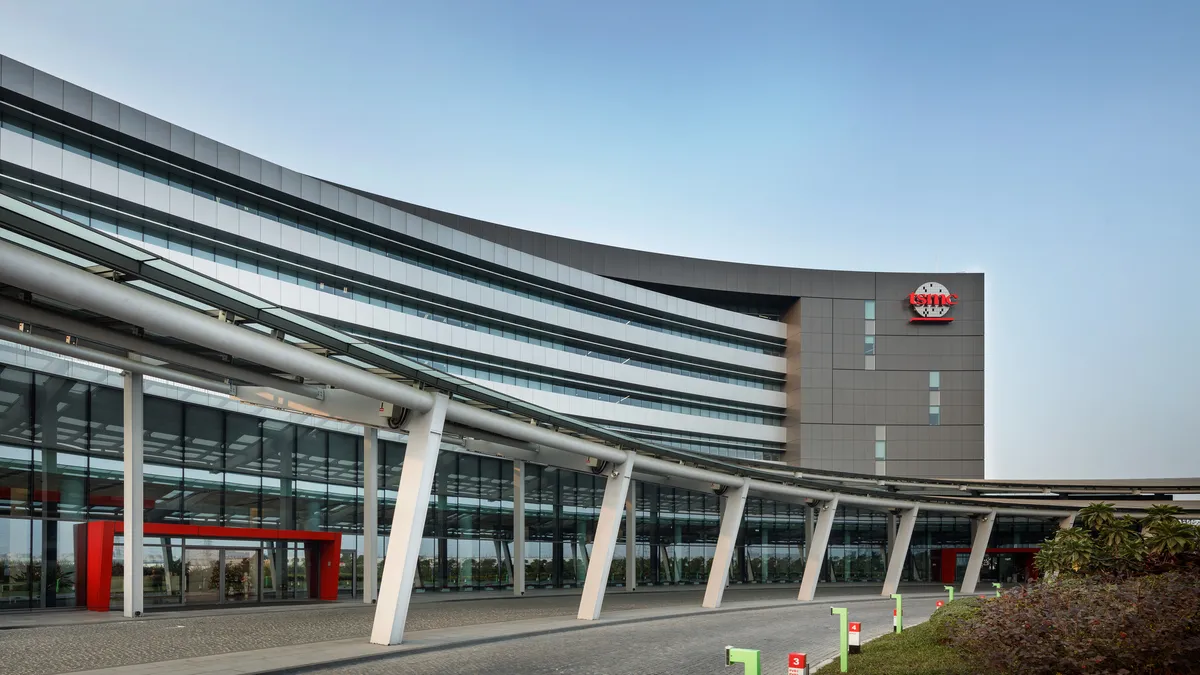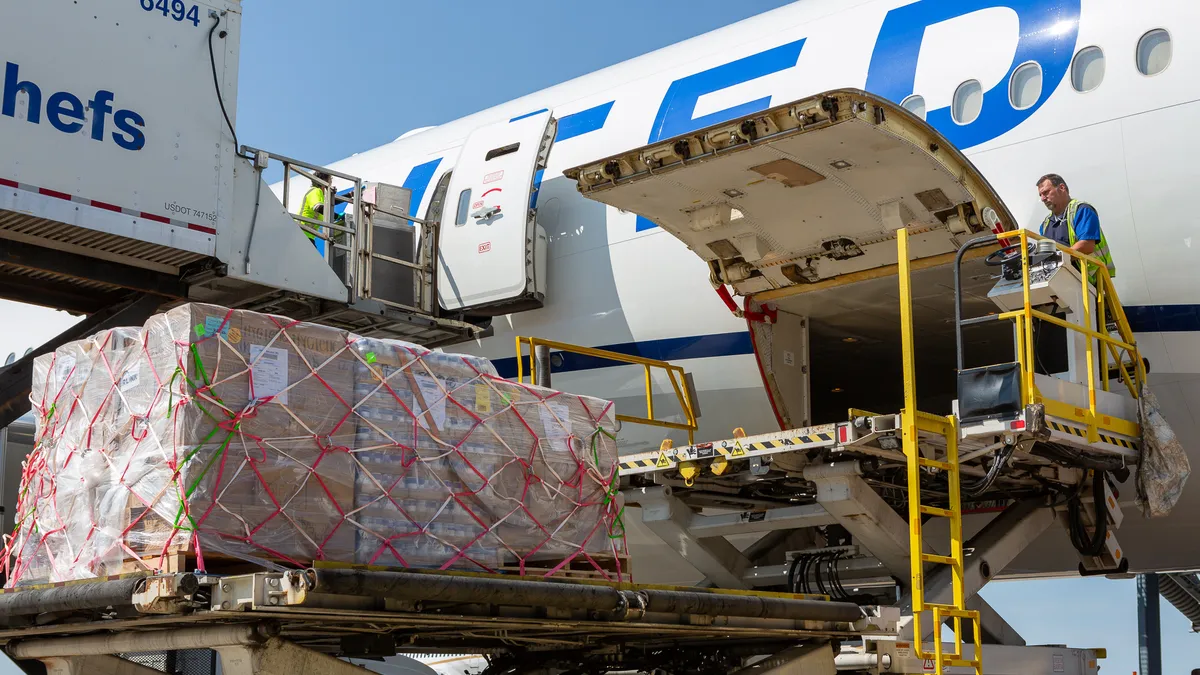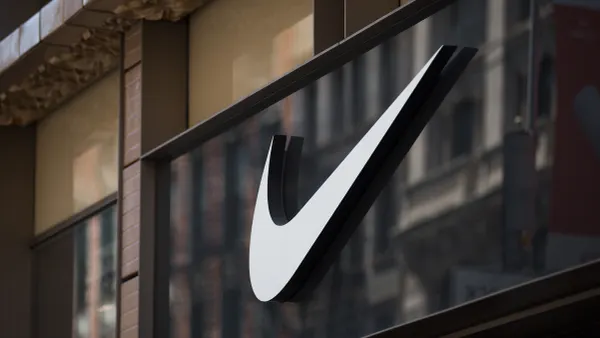Dive Brief:
- As demand slackens, Taiwan Semiconductor Manufacturing Co. expects its revenue to fall in 2023 and the supply of semiconductors to normalize amid softening demand from consumer device and data center clients.
- “As customers and the supply chain continue to take action, we forecast a semiconductor supply chain inventory, while reduced sharply through first half 2023, to rebalance to a healthier level,” C.C. Wei, TSMC CEO, told analysts last week.
- The company’s Q4 revenue was up 26.7% YoY in U.S. dollars, even as demand slackened and customers adjusted their inventory during the period. Earnings were up 78% from the previous year.
Dive Insight:
The supply of microchips hasn’t stabilized since COVID-19 began circulating around the world. The disruption has hurt multiple industries, from computers to cars, among many others.
Nissan, for example, lowered its forecast for 2022 in November, citing semiconductor shortages along with COVID-19 lockdowns in China. Nissan CEO Makoto Uchida told analysts that semiconductors were the most significant cost burden on Nissan’s suppliers along with electricity.
As customers look to lower costs, TSMC CFO Wendell Huang said last week the company expects revenue to decline by more than 14% in Q1.
But the supplier to Apple, Qualcomm, Sony and others also anticipates that the market could level out later in the year, Wei said. TSMC estimates the semiconductor market as a whole, minus memory, will decline around 4% for 2023.
“We forecast the semiconductor cycle to bottom sometimes in first half 2023 and to see a healthy recovery in second half this year,” Wei said.
Starting in 2021, TSMC invested billions of dollars in shoring up capacity and reducing shortages for its customers amid the disruptions of the pandemic. But by October, the company signaled it would cut its spending plans by at least 10% as chip demand waned and the global economy slowed.
The company still plans to invest billions into a second fab facility in Arizona, set to start production in 2026. President Joe Biden visited the site in December to draw attention to the administration’s push for more chip manufacturing in the U.S.















